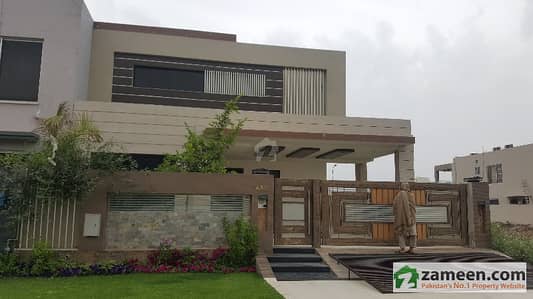


Due to the paucity of political emissaries of a certain stature, India often has to make do with representation by bureaucrats from the MEA and other relevant ministries in gatherings of the United Nations’ agencies, the World Trade Organization, the G20, and several regional and sub-regional groupings.

Countries which used to fret about India’s neglect or apathy would welcome Jaishankar or one his three deputies as they fan out.Īpart from intensively engaging with foreign counterparts through outbound travel or hosting incoming dignitaries in India, four ministers in the MEA also endows it with political firepower to deliver keynote speeches and rebuttals in a variety of multilateral settings. With four MEA ministers to go around, not to mention Modi, the President and the Vice-President of India, who also undertake foreign visits, the ambit of VIP coverage for Indian diplomacy has been boosted.

A minister is a political pick and ranks above bureaucrats in the pecking order. In diplomacy, partner nations respect a country when its interlocutors are of a certain standing in protocol and hierarchy. More hands on the deck at the ministerial level will enable India to show a high-level presence in key parts of the world on a sustained basis. He is moving the needle in the right direction. Modi, thankfully, has better explained the link between domestic and foreign interests and convinced India’s public about the utility of external commitments. Un- informed opinions about the costs of foreign policy and a failure to grasp the benefits that accrue from investing in external relations had in the past held back the rise of our country. In India’s competitive governmental environment, where ministries and bureaucracies vie for their due shares of attention and finances, the wisdom of committing more resources to external affairs is often under-appreciated.


 0 kommentar(er)
0 kommentar(er)
